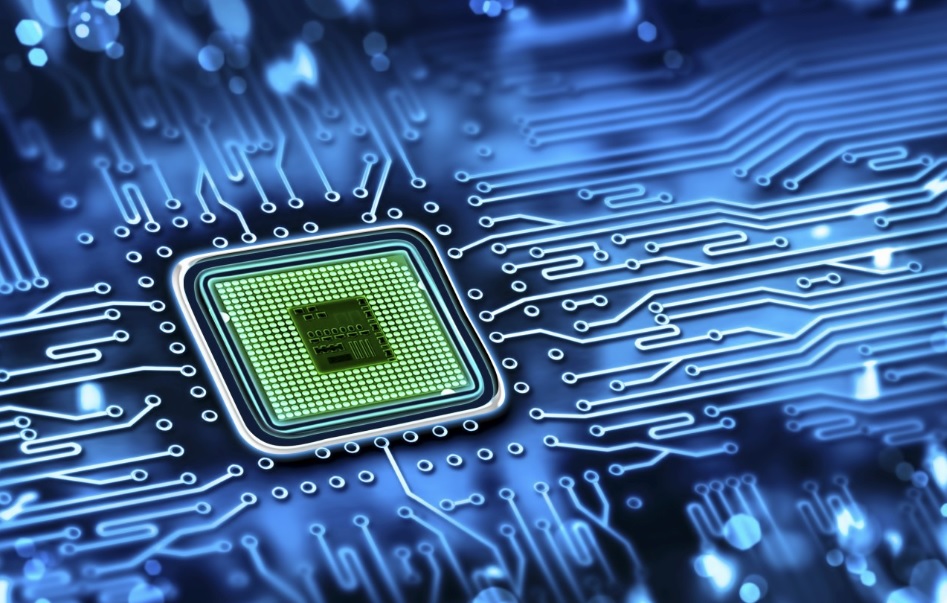
In modern computing and electronics, two pivotal components often take center stage: microprocessors and microcontrollers. While they share common elements, they serve distinct purposes and are tailored to specific applications. This article will delve into the contrasts between microprocessors and microcontrollers, shedding light on their functionalities, architectures, and applications.
A microprocessor is the core of computing devices like personal computers. It encompasses the central processing unit (CPU) and requires external connections to auxiliary components to complete processes. Microprocessors excel in handling intricate tasks such as software development, gaming, and applications that demand substantial memory. Examples of microprocessor applications include home security systems, home computers, and video game consoles.
Designed for specific and repetitive tasks, microcontrollers integrate CPU, memory, and input/output (I/O) peripherals into a single chip. Once programmed, altering the microcontroller’s function necessitates specialized tools. The output of a microcontroller is contingent on user input, sensor data, or predetermined stimuli. Microcontrollers power various devices, from calculators and washing machines to robotic arms and medical equipment.
Comparing Microprocessor and Microcontroller
| Features | Microprocessor | Microcontroller |
|---|---|---|
| Component Integration | It comprises only a CPU, demanding external connections for peripherals. | CPU, memory, and I/O peripherals are integrated on a single chip. |
| Task Specificity | Suited for complex and varied tasks, as in software development. | Engineered for specific tasks, performing them repeatedly. |
| Flexibility vs. Specialization | Flexible for various tasks where input/output may not be predefined. | Specialized for predefined tasks based on user input or sensors. |
| Architecture | Adheres to the Von Neumann model. | Follows the Harvard architecture. |
| Cost and Complexity | Complex, expensive, and processes numerous instructions. | Simpler, cost-effective, and processes fewer instructions. |
Microcontrollers, often termed embedded controllers, govern specific functions in diverse devices. Found in vehicles, robots, medical equipment, and appliances, they serve as miniature personal computers without extensive operating systems. These controllers collaborate within devices to manage individual systems and tasks.How Microcontrollers Operate: Microcontrollers interpret data from I/O peripherals using their CPU. Temporary data resides in data memory, with the CPU applying instructions from program memory to process incoming data. Multiple microcontrollers cooperate within devices to manage various tasks. For instance, microcontrollers handle systems like anti-lock braking, traction control, and fuel injection in a car.
Key Elements of Microcontrollers:
- Processor (CPU): The core processing unit that executes instructions.
- Memory: Holds both program memory (long-term instructions) and data memory (temporary data storage).
- I/O Peripherals: Facilitate communication between the processor and the external world.
- Supporting Components: Analog-to-digital converters (ADCs), digital-to-analog converters (DACs), system bus, and serial ports.
Microcontroller Features:
- Varied processors, from 4-bit to 64-bit.
- Utilizes RAM and non-volatile memory (flash, EPROM, EEPROM).
- Designed for standalone usage with onboard memory and I/O pins.
- Adheres to Harvard or Von Neumann architecture, often based on RISC architecture.
- Supports peripherals like ADCs, DACs, LCDs, and sensors.
- Examples include Intel MCS-51, AVR, PIC, and ARM microcontrollers.
Applications of Microcontrollers
Microcontrollers play a pivotal role across industries:
- Home and enterprise automation.
- Manufacturing and robotics.
- Automotive systems.
- Industrial automation and IoT deployments.
In conclusion, microprocessors and microcontrollers share a common technological foundation but are tailored for distinct tasks. Microprocessors shine in complex computing scenarios, while microcontrollers power specific functions across various devices, contributing to the seamless operation of our modern world.






















